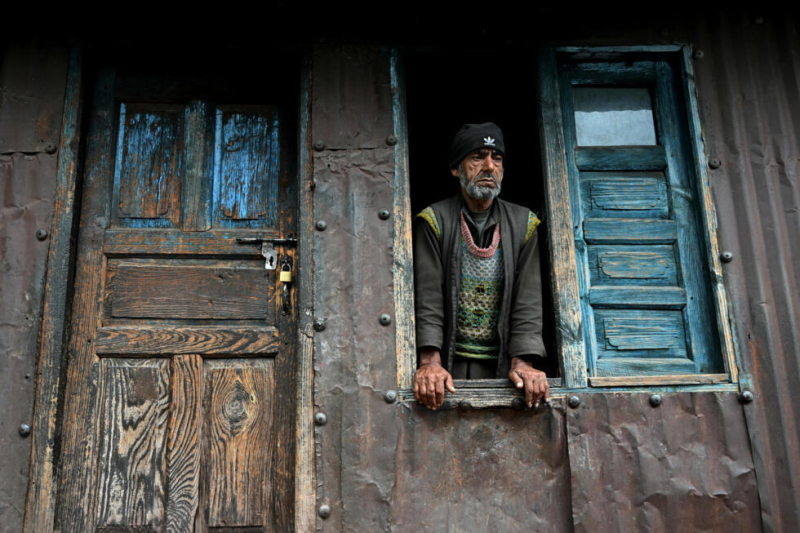- CA Yunus pays homage to Liberation War martyrs on Victory Day |
- Bangladesh capital market extends losing streak for second day |
- Bangladesh celebrates Victory Day Tuesday |
- 'Different govts presented history based on their own ideologies': JU VC |
Gunfire at LoC Rekindles Fear, Pain in Border Villages

For ten consecutive nights, gunfire has echoed through the mountains and valleys along the Line of Control (LoC), as Indian and Pakistani forces exchange fire — reviving painful memories and fear among villagers living near the border.
Bashir Dar, a 50-year-old maize farmer from the Indian village of Balkote, recalls the horror of 2020 when a mortar shell killed his wife during a similar exchange.
"The shell landed right next to her — she died instantly," said Dar, whose home lies less than a mile from the Pakistan-controlled side of the LoC. "That moment keeps flashing in my mind. Every night, I sit with my four children in one room, listening to the gunfire."
Tensions have surged following a deadly attack on April 22 in Indian-administered Kashmir, where 26 civilians — mostly Hindus — were shot dead by gunmen. Indian authorities blamed the Pakistan-based Lashkar-e-Taiba, a UN-designated terrorist group, and released wanted posters for three suspects, including two Pakistanis.
Pakistan has denied involvement, calling India's claims baseless. Meanwhile, India’s army reported nightly exchanges of fire since April 24, describing them as “unprovoked small arms fire” from Pakistan. Pakistan, while not confirming specific incidents, accused India of ceasefire violations and recently conducted a “training launch” of a missile system.
The renewed hostility has pushed residents in villages such as Balkote, Churunda, and Tilawari to prepare for the worst. Some are cleaning out old bunkers; others are fleeing. Mansoor Ahmed, a 38-year-old government employee, said he spent two days preparing his underground shelter, built at a cost of ₹200,000.
"It’s the first time since the 2021 ceasefire that I’ve felt the need to stock my bunker again," he said.
Many villagers without personal bunkers have already moved to safer areas like Baramulla. Truck driver Mohammad Ibrahim said six families in his neighbourhood had left and asked him to watch over their homes and cattle.
In Churunda, local officials reportedly advised people to check community bunkers, but residents said the facilities are woefully inadequate. "There are only six bunkers for over a hundred families. They flood when it rains and are not built properly," a villager said.
One bunker with thick concrete walls was seen filled with mud on the floor — a stark symbol of the unpreparedness for renewed conflict.
Amid uncertainty, villagers remain glued to mobile news updates, anxiously waiting for calm to return.
"We live in constant fear of becoming victims of conflict," said a young woman in Tilawari. "We want peace. We want to send our children to school and live without fear."

